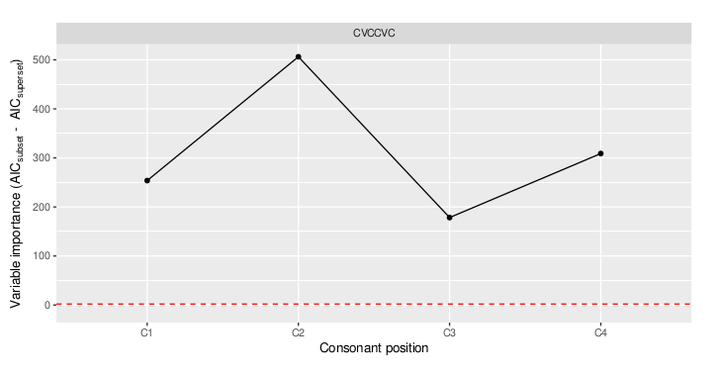Identity Avoidance in Turkish Partial Reduplication: Feature Specificity and Locality

Abstract
This study investigates the Turkish partial reduplication phenomenon, in which the reduplicant is derived by prefixing C1VC2 syllable, where C1V are identical to the wordinitial CV of the base and the C2 ends in one of the four linking consonants: -p, -m, -s, -r. This study re-examines the factors conditioning the choice of the linking consonant, by focusing the nature of the (dis)similarity (feature specificity) and the proximity (locality) between the consonants in the base and the linking consonant, using an acceptability rating task with over 200 participants and a diverse set of stimuli in terms of length and word shapes. Results indicate a gradient identity avoidance effect that extends over all consonants in the base. Crucially, the effect of all consonants is not uniform, with the strength of the effect decreasing further into the base. The study also uncovers an elusive interplay between the distance-based decay effect and the syllable position effect, both of which turn out to play a role in these non-categorical patterns with multiple features. Furthermore, results indicate that identity avoidance operates over both individual features as well as whole segments. Overall, the study argues that locality-sensitive feature-specific identity avoidance constraints are part of the grammar.